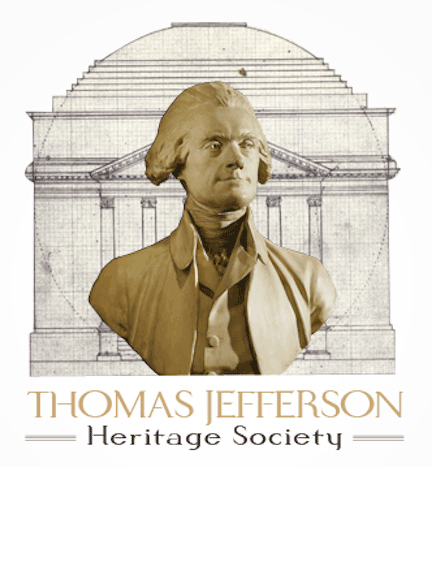Who Was Sally Hemings?
Sally Hemings first came to public attention from an article written by James Callender which was published in the September 1, 1802 edition of The Recorder, a newspaper in Richmond, Virginia. Callender claimed Thomas Jefferson “has kept as his concubine, one of his own slaves. Her name is Sally” and that her son had a “striking” resemblance to Jefferson. Callender made the further erroneous claim that Sally went to France “in the same vessel with Mister Jefferson and his two daughters.”
Although Callender asserted that the circumstances were “well-known,” he never provided any evidence of his sources. A number of Federalist newspapers used the story as a basis to attack Jefferson, but none provided any further information or proof. Such a revelation about the President of the United States should have sparked further investigation, but the allegations were never supported and Jefferson’s reputation remained high. Contrary to Callender’s assertion that public knowledge of this charge would have destroyed Jefferson’s campaign for president in 1800, he won an overwhelming victory in 1804.
The name of Sally Hemings has followed Thomas Jefferson down through the years, but little is known about the person behind the name. Who was she?
Perhaps because of the death of his wife, Jefferson accepted an appointment as a minister plenipotentiary to France in 1784. He took with him his oldest daughter Martha (Patsy), and a slave James Hemings, leaving his two other daughters with his sister-in-law. The youngest, Lucy Elizabeth, died shortly after Jefferson arrived in Paris, so he sent for the second daughter Maria to join him. He suggested that an older enslaved woman accompany her, but instead her companion was 14-year-old Sally Hemings. They landed in London where Abigail Adams pronounced her as “wholly incapable” of babysitting 9-year-old Maria.
There is little mention of Sally during her two-year stay in Paris. She apparently served as a maid to Martha in her convent school. Jefferson had her vaccinated for smallpox, and records that he bought her clothing. In spite of Jefferson’s prominence, there are no letters, newspapers, or official government records that comment on Sally Hemings. In 1789, Jefferson requested a leave of absence to return to the United States to attend to personal business matters. All traveled together on the same boat to America, Jefferson and his two daughters, along with Sally Hemings and James Hemings. When Jefferson arrived, Washington offered him the post of Secretary of State, and he does not return to France.
Sally Hemings apparently lived the remainder of her life at Monticello until she was allowed to leave after Jefferson’s death. Little is known of her life at Monticello. She does appear in Jefferson’s Farm Book from time to time. She had four children who lived to adulthood, Beverly (1798), Harriet (1801), Madison (1805), and Eston (1808). In 1873, Madison claimed to a newspaper reporter that he and his siblings were the children of Thomas Jefferson. Madison was only three years old when the last child, Eston, was born, so his statement would be hearsay. He did not provide the source of his information.
Madison also claimed that before the return home from Paris, his mother entered into a “treaty” with Jefferson that if she returned with him, he would free her future children. The basic problem with this event as historical evidence is that it cannot be verified as true. This understanding between Thomas Jefferson and Sally Hemings would have occurred about 16 years before Madison’s birth. The illogic of such an arrangement makes it doubtful it could have occurred. He does not reveal where he got this information, which was never claimed by any other person.
As an historical character, Sally Hemings was termed by the Scholars Commission as“enigmatic.” During the 35 years after she returned from Paris, no one in the Jefferson family, including those enslaved, or the hundreds of visitors, commented on any interaction by word or deed between Jefferson and Hemings. The Scholars Commission demonstrated the paucity of information on Hemings by fitting it all on a 3 x 5 index card.

